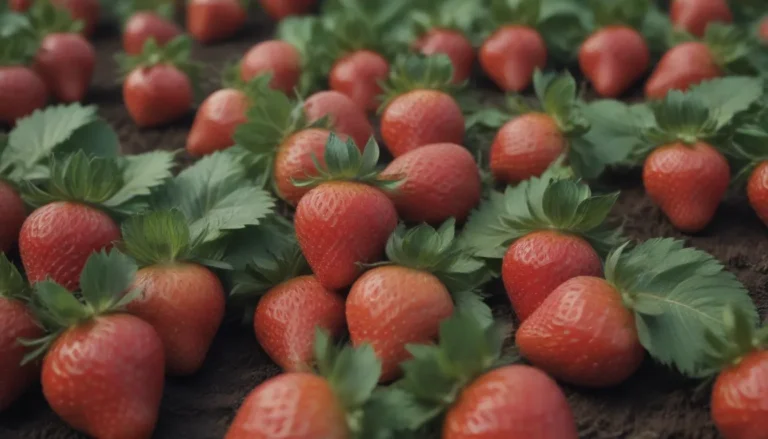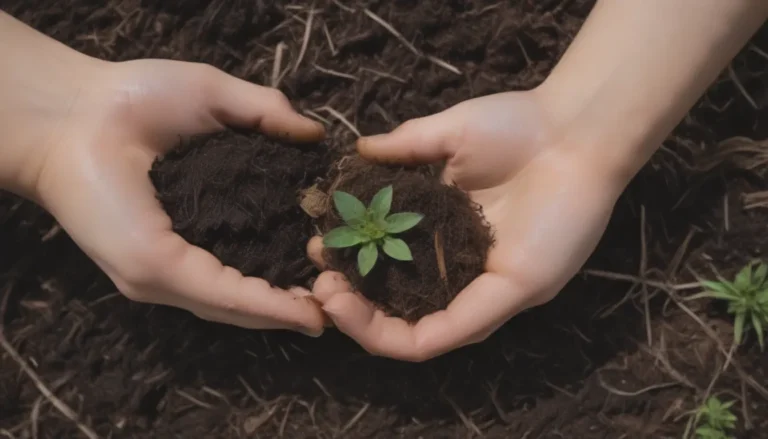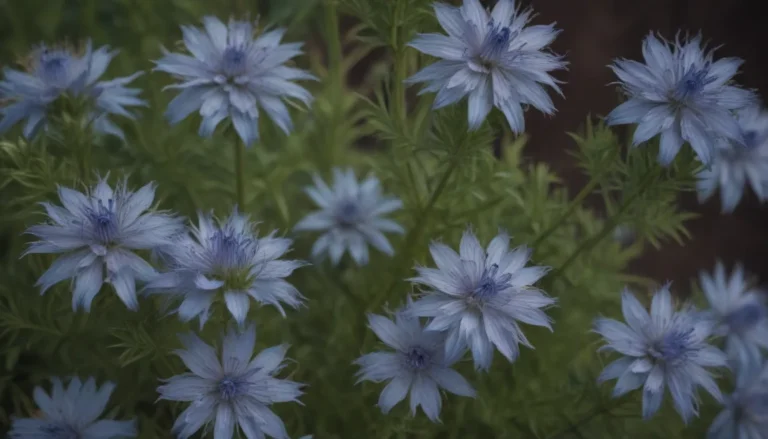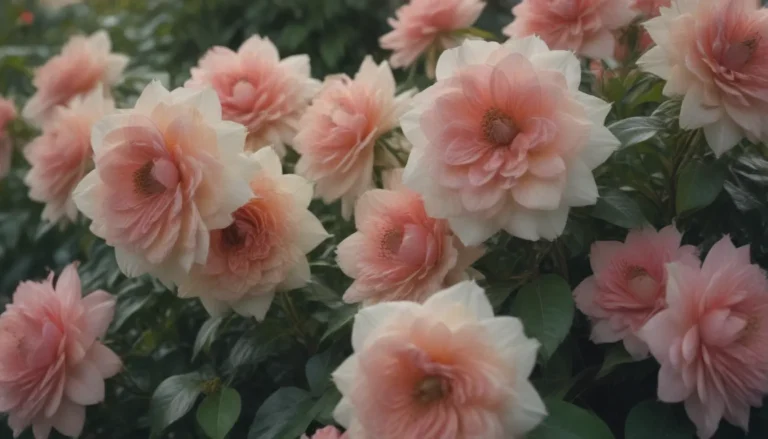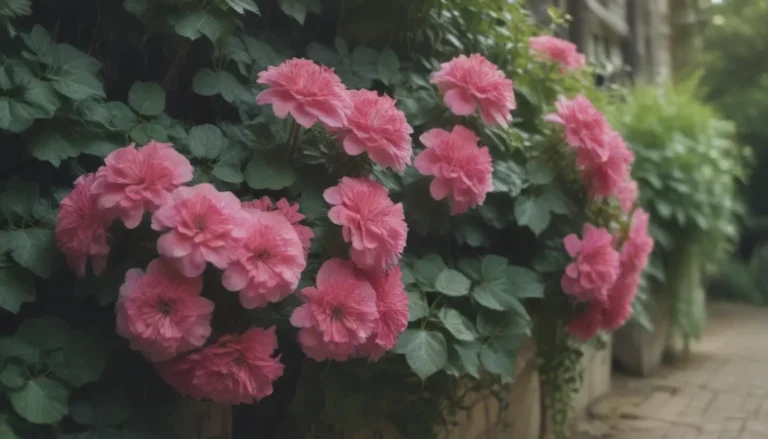How to Revive Your ZZ Plant: Mastering the Art of Green Thumb Gardening
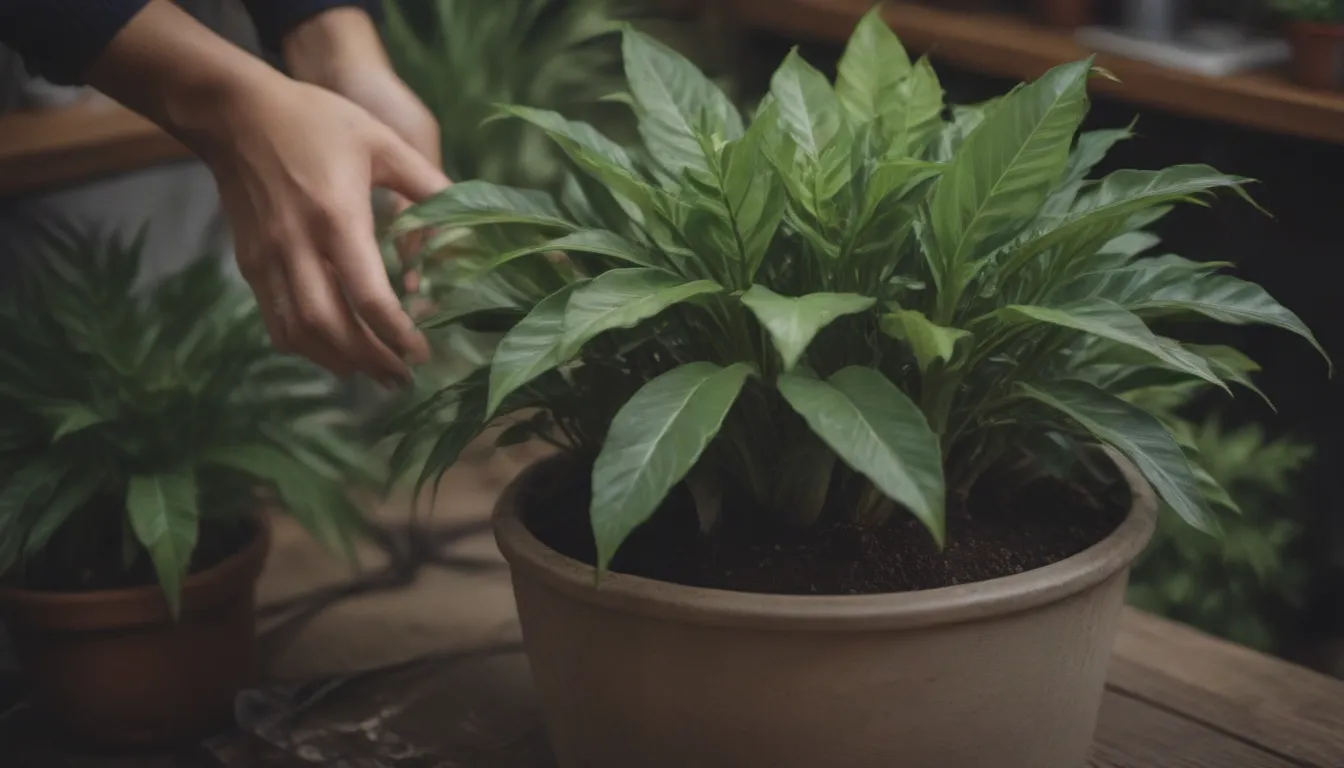
Are you distraught over the sight of yellow leaves adorning your once vibrant ZZ plant? Don’t fret! Yellowing leaves on a ZZ plant can be a cause for concern, but fear not, as there are solutions to restore your plant back to its former glory. In this comprehensive guide, we will delve into the possible reasons behind your ZZ plant’s yellowing leaves and provide you with expert tips on how to fix it. So, grab your gardening gloves and let’s get started on reviving your beloved houseplant!
Uncovering the Culprits Behind Yellowing Leaves on Your ZZ Plant
Gene Caballero, the founder of GreenPal, a renowned lawn care service company, sheds light on the top five reasons why your ZZ plant’s leaves may be turning yellow. Let’s explore these potential causes and learn how to tackle them effectively:
1. Overwatering
Overwatering is the primary culprit behind yellowing leaves on a ZZ plant. When you douse your plant with excess water, the soil becomes waterlogged, leading to root rot. Root rot hinders the plant’s ability to absorb essential nutrients, resulting in yellow, unhealthy leaves. Keep an eye out for these additional signs of root rot:
- Wilting leaves
- Mushy stems
- Foul odor emanating from the soil
To remedy this issue, allow the soil to dry out between waterings to prevent further damage to your ZZ plant.
2. Underwatering
Conversely, underwatering can also cause leaves to turn yellow as the plant suffers from dehydration. While ZZ plants are resilient, prolonged dry spells can stress them out. Check the soil moisture by inserting your finger into the soil. Water deeply once the soil is mostly dry to prevent leaf discoloration.
3. Direct Sunlight
While ZZ plants require sunlight to thrive, excessive exposure to direct sunlight can scorch their leaves, leading to yellowing. Position your ZZ plant in bright, indirect light near an east-, south-, or west-facing window. Use sheer curtains to filter out harsh sunlight and protect your plant from sun damage.
4. Nutrient Deficiency
Yellow leaves may indicate a lack of essential nutrients like nitrogen, potassium, magnesium, or iron. To address this issue, apply a balanced houseplant fertilizer during the growing season to replenish the plant’s nutrient levels. Identify the specific nutrient deficiency affecting your ZZ plant and choose the appropriate fertilizer for a quick fix.
5. Bacteria or Pests
ZZ plants are susceptible to bacterial infections and pest infestations, which can manifest as yellow spots on the leaves. Excessive moisture from overwatering provides a breeding ground for pathogens and pests. Look out for signs of common pests such as mealybugs, aphids, and spider mites, which can cause discoloration and damage to your plant. Treat the infestation promptly to prevent further deterioration of your ZZ plant.
Remedies for Restoring Your ZZ Plant’s Health and Vitality
Now that you’ve identified the potential causes of yellowing leaves on your ZZ plant, it’s time to implement effective remedies to bring your plant back to life. Here are five suggested solutions to revive your beleaguered houseplant:
1. Watering
Proper watering is crucial for maintaining the health of your ZZ plant. If you suspect overwatering is the cause of yellow leaves, adjust your watering schedule and allow the soil to dry out before watering again. Ensure proper drainage in your plant’s pot to prevent waterlogging and root rot.
2. Light
Ensure your ZZ plant receives adequate but indirect sunlight to thrive. Position your plant near a window with filtered light to prevent leaf scorching and yellowing. Monitor the light exposure and adjust as needed to provide optimal growing conditions for your ZZ plant.
3. Fertilizer
Supplement your ZZ plant with a balanced houseplant fertilizer to replenish essential nutrients and promote healthy growth. Choose a fertilizer rich in nitrogen, potassium, magnesium, or iron based on the specific nutrient deficiency identified in your plant. Follow the manufacturer’s instructions for proper application to ensure optimal results.
4. Bacteria
If bacterial infections are causing yellowing leaves on your ZZ plant, treat the affected areas with a suitable plant-safe bactericide. Remove any infected leaves or stems to prevent the spread of the disease and improve the overall health of your plant. Maintain good hygiene practices to minimize the risk of future bacterial infections.
5. Pests
Combat pest infestations by using natural or organic pest control methods to protect your ZZ plant. Identify the type of pests affecting your plant and choose appropriate treatment options to eradicate them effectively. Regularly inspect your plant for signs of pests and take proactive measures to prevent future infestations.
Bringing Your ZZ Plant Back to Life
In conclusion, yellowing leaves on your ZZ plant may be a cause for concern, but with the right knowledge and corrective actions, you can revive your plant and encourage new green growth. By addressing the underlying issues of overwatering, nutrient deficiencies, and pest infestations, you can restore your ZZ plant to its former vibrancy and beauty. Remember to monitor your plant’s health regularly, provide proper care and maintenance, and enjoy the lush greenery of your revitalized ZZ plant. Happy gardening!
